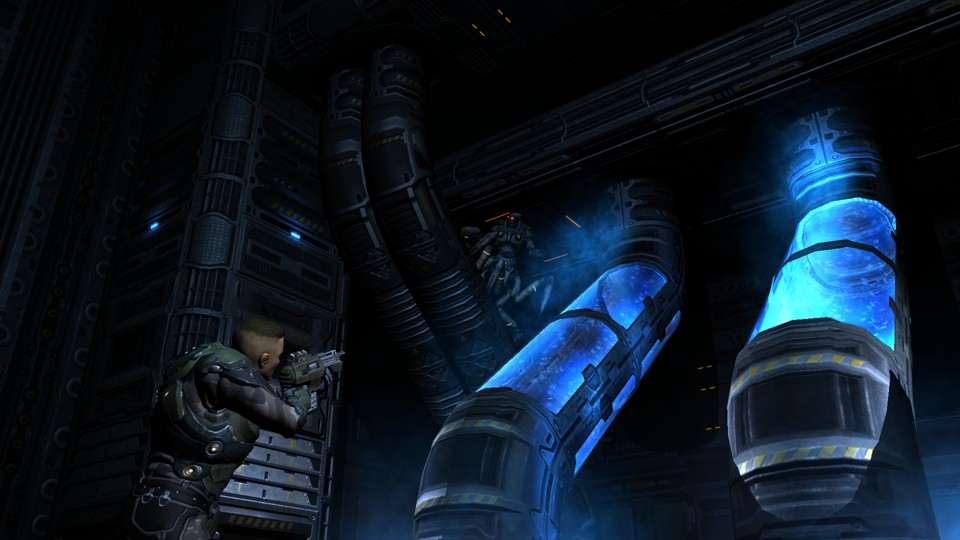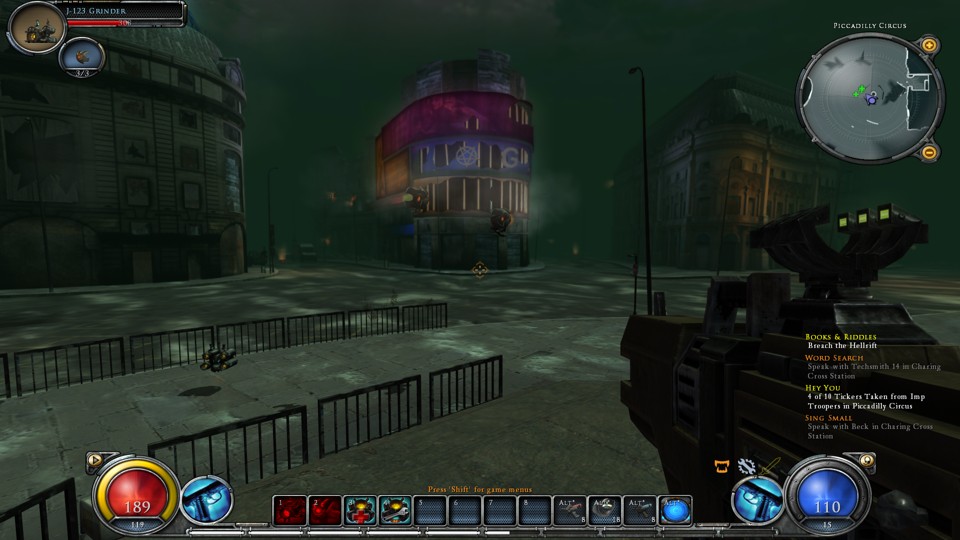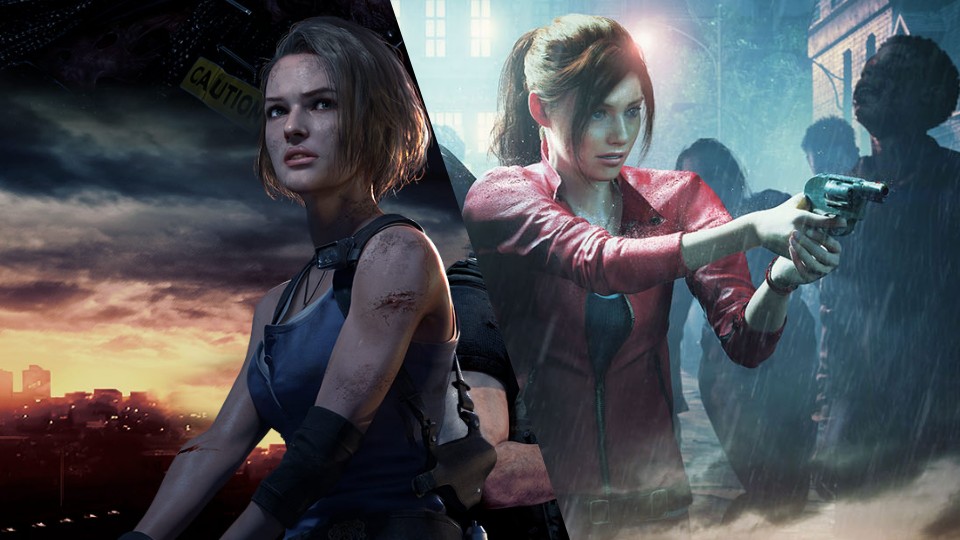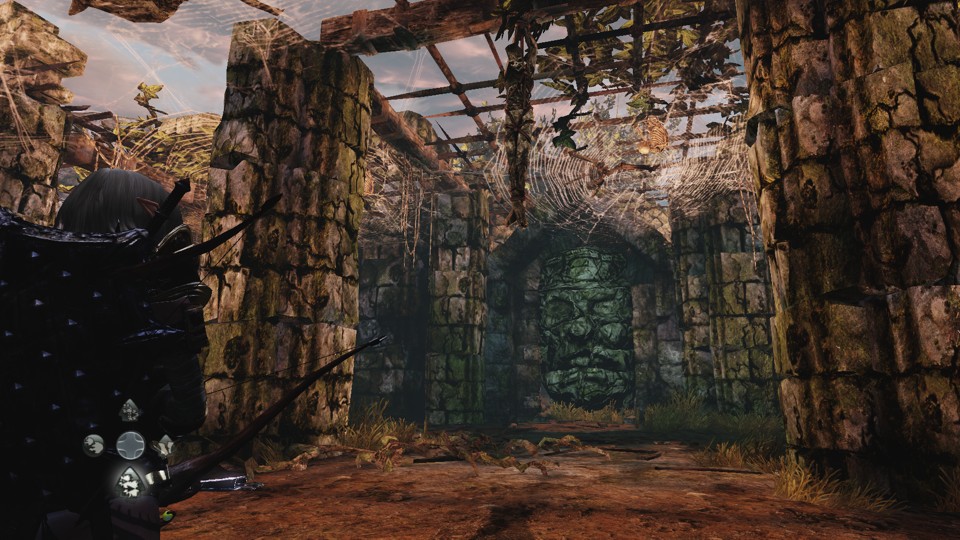Summary for June 2025
Catching up with darkness
Quake 4 leaned into two aspects of its predecessor. First, since it’s a military sci-fi game, you’ll often find yourself alongside other soldiers, or at least someone will talk to you over comms. You will also occasionally pilot vehicles, which makes sense in this context, and guns have alternative modes and receive upgrades from time to time. Second, the game is essentially a horror game. The Strogg have always been technozombies, but this time it’s cranked to eleven. Including first-person body horror and actual zombies.

I find it hard to imagine that there was a discussion at the time about what Q2 depicted poorly. But if there was, it feels like they specifically addressed my concerns in Q4.
- I think the reimagination of an Iron Maiden is pretty good and makes them a more unique enemy. There are some pilots and a computer that have female voices, but you never see them. You can’t cheat your way into playing as a woman.
- There are plenty of men of color in your fellow soldiers, but they are all one-dimensional at best. The only ones you probably remember are the guy who [spoiler], the dude with the Russian accent, and the technician voiced by Peter Stormare. So, all white. The main character is also white.
- Since the game leaned so heavily into horror, at least for me, none of what is depicted reads as “bad treatment of PoWs”. What can you expect from monsters!
Did they address it? It seems like it, doesn’t it? Was that an improvement? At that time? Kinda?.. Today? Of course not!

Is Hellgate: London an evolutionary dead-end? Everyone after it went another way: instead of trying to make an action RPG look like a first-person shooter, they made first-person shooters with RPG elements. Or is it a stepping stone, when today almost every game is a genre hybrid?
Even at the time, the consensus was that it should have played more like a shooter. However, I also see merit in this approach, where your aim, your positioning, etc. – you know, shootery stuff – don’t matter that much. I believe those types of action RPGs were always aimed at a more casual crowd. They were designed to run on average hardware and were less involved, so to speak. Why not make casual looter shooters? I would have liked to see that timeline.
It’s easy to argue that mobile shooters went that direction.
Besides this unique approach, is there anything else in the game that makes it interesting even today? Not really. It’s not a bad game, but it’s not great either. There are some bugs and finicky elements, a kind of meh story, and some it’s-from-almost-20-years-ago shenanigans. Still, it’s an interesting curio worth remembering.

I like what you did with the place! By which I mean I like both remakes of Resident Evil 2 and Resident Evil 3. And they are full-on remakes, I checked: I accidentally finished the original Resident Evil 2 (1998). You would recognize the game because it has most of the original’s story, characters, and game mechanics. However, you would never mistake the two if someone put the original into a modern engine or vice versa. They redid a lot!
At this point, you can’t trust me, I’ve lost all sense of what constitutes an improvement versus a change made just for the sake of change. So I can’t tell you which version is better because they’re so different. I liked them both. I don’t think the old one is unplayable from today’s perspective: the game doesn’t write notes for you, which is basically what remake is doing, but it still gives you all the information you need. Maybe write a note or two yourself, just to be safe.
I didn’t finish the original Resident Evil 3, only played a bit. But I can also confirm that it’s very different. Besides the comparison between the old and the new, my opinion on 3 is more or less the same as on 2.
All the praise I can give these two (three) games doesn’t mean they’re perfect. Despite having female protagonists from the beginning, the series often falls into uncomfortable stereotypes. Also, the entire series, which has nearly a dozen games in its main branch alone, with minuscule exceptions, is white as snow. How?! While I can’t say any of the games are copaganda, it’s hard not to notice how all the issues are blamed on a few bad individuals or companies. Plus all the usual issues that plague horror may be present from time to time.

Hunted: The Demon’s Forge grew on me. In the end, I decided to think of it as a fantasy version of Gears of War: it is a co-op game that you can play solo; you have both ranged and melee weapons; it has cover and giant bosses; and it looks the part (same engine helps). But it goes beyond that by incorporating all those dungeon-crawling elements from its tabletop inspirations. Expect lore, puzzles, side quests, loot, and, of course, RPG elements.
I find it funny that I accidentally found another game with ranged combat where you don’t need to aim (you can and you should, but you don’t have to, not all the time, at least), kind of like a descendant of Hellgate: London. It’s also a game that wants to bring the classic tabletop RPG feel, same as Soulframe.
It’s confidently made, but developers who had worked on different types of games before, or a lack of resources, make it rough in places. While finding a good weapon and investing in a couple of skills can improve combat, it still won’t feel great. Exploration is mired by a somewhat muddy art style and arbitrary invisible walls. It feels uneven, showing that there were not enough resources to cover everything: there is one model of a friendly NPC warrior that you encounter throughout the game; a couple of voice actors play most of the secondary characters; etc. Its portrayal of women would not earn it any progressive points either.